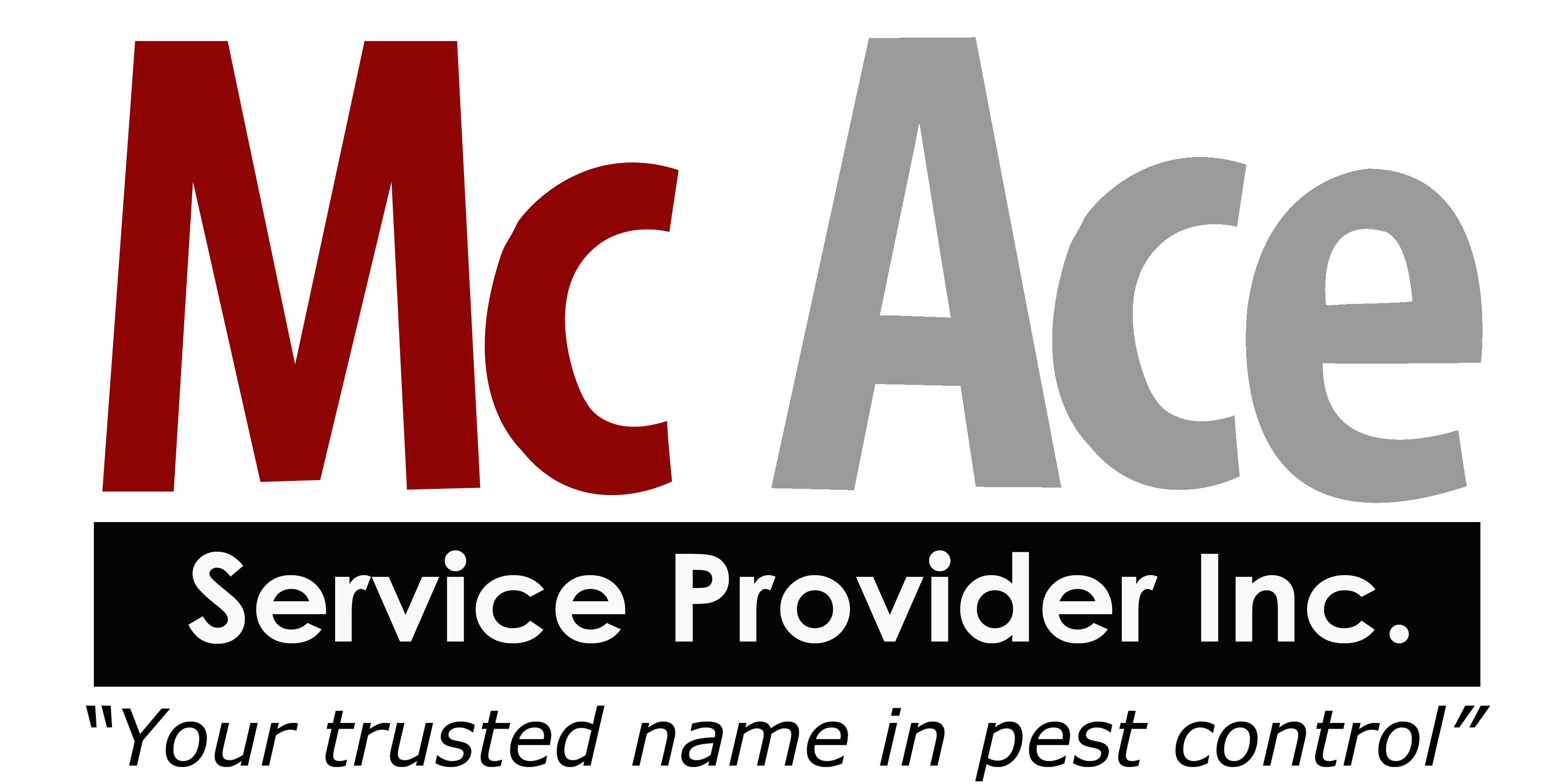The food industry is a highly regulated sector where maintaining impeccable hygiene and quality standards is paramount. One of the most critical aspects of food safety and quality assurance is pest control. Unwanted pests not only pose health risks but can also lead to severe economic losses and damage a brand’s reputation. To help food industry professionals maintain a pest-free environment, we’ve prepared a comprehensive pest control checklist.
Pest Control Inspection Checklist Template
- Exterior Inspection:
- Check for cracks, gaps, or holes in the building’s exterior that pests can use to enter.
- Ensure that windows and doors have screens or weather stripping to prevent pest entry.
- Inspect the landscaping around the facility for overgrown vegetation that can attract pests.
- Verify that waste bins and disposal areas are sealed and regularly cleaned.
- Interior Inspection:
- Examine the interior for signs of pest activity, such as droppings, gnaw marks, or nests.
- Inspect storage areas for damaged or compromised packaging that may indicate pest infestations.
- Check equipment and machinery for signs of pest presence, including hard-to-reach areas.
- Review sanitation practices, ensuring that all surfaces are cleaned and sanitized regularly.
- Food Storage Areas:
- Monitor temperature and humidity levels in storage areas, as pests are often attracted to warm, humid environments.
- Ensure that all food products are stored in sealed containers to prevent contamination.
- Implement a first-in, first-out (FIFO) system to use older products before newer ones to prevent food spoilage and attract pests.
- Kitchen and Food Preparation Areas:
- Regularly clean and sanitize kitchen equipment, including ovens, stovetops, and cutting surfaces.
- Keep food preparation areas dry, as moisture attracts pests.
- Store utensils and equipment properly, ensuring they are not left out overnight.
- Waste Management:
- Implement a strict waste disposal routine, including the removal of garbage daily.
- Ensure that waste bins are tightly sealed and kept away from food storage and preparation areas.
- Train staff on proper waste disposal procedures.
- Employee Practices:
- Educate employees about the importance of pest control and their role in preventing infestations.
- Encourage staff to report any signs of pest activity promptly.
- Conduct regular training on pest control measures and hygiene practices.
- Documentation:
- Maintain detailed records of pest control activities, including inspections, treatments, and any corrective actions taken.
- Keep records of pest sightings, noting the location, type of pest, and any actions taken.
- Regularly review and update the pest control plan based on inspection findings.
Free Pest Control Inspection Checklist
In addition to the checklist mentioned above, there are several free resources available to help food industry professionals maintain effective pest control. These resources include:
- Online Pest Control Guides: Numerous websites and government agencies offer free guides on pest prevention and control tailored to the food industry. These guides provide valuable information on identifying common pests and implementing preventive measures.
- Training Materials: Some organizations provide free training materials, including videos and presentations, to educate employees about pest control best practices.
- Templates: You can find free templates for pest control plans, inspection logs, and reporting forms online. These templates can streamline the documentation process.
- Government Resources: Government agencies, such as the Food and Drug Administration (FDA) in the United States, offer free resources and guidelines specific to food safety and pest control.
Recommended Pest Control Report PDF Format
Maintaining a well-documented pest control report is crucial for regulatory compliance and continuous improvement in pest management. Here’s what a pest control report in PDF format should include:
- Identification of Pest: Specify the type of pest observed during inspections, such as rodents, insects, or birds.
- Location: Provide details about where the pest was found, including the specific area within the facility.
- Date and Time: Document the date and time of the pest sighting or inspection.
- Description: Describe the conditions that may have contributed to the pest issue, such as sanitation lapses or structural concerns.
- Action Taken: Outline the immediate actions taken to address the pest problem, including any treatments or preventive measures.
- Preventive Measures: Recommend preventive actions to avoid future infestations, such as sealing gaps or improving sanitation practices.
- Follow-Up: Document any follow-up inspections or treatments, including their outcomes.
- Recommendations: Provide recommendations for long-term pest control, such as regular maintenance or staff training.
- Signatures: Include signatures of the individuals responsible for the inspection and pest control actions taken.
- Attachments: Attach any supporting documents, such as photographs of pest activity or treatment records.
Pest control is a critical aspect of maintaining food safety and quality in the food industry. Implementing a thorough pest control inspection checklist, utilizing free pest control resources, and maintaining well-documented pest control reports in PDF format can help food industry professionals ensure a pest-free environment. By prioritizing pest control measures, the food industry can protect its products, reputation, and, most importantly, the health of consumers.
When you book us at Mc Ace Service Provider Inc., you will receive our very own report or assessment of your business. Call us now at 0917-852-6444 for consultation.

